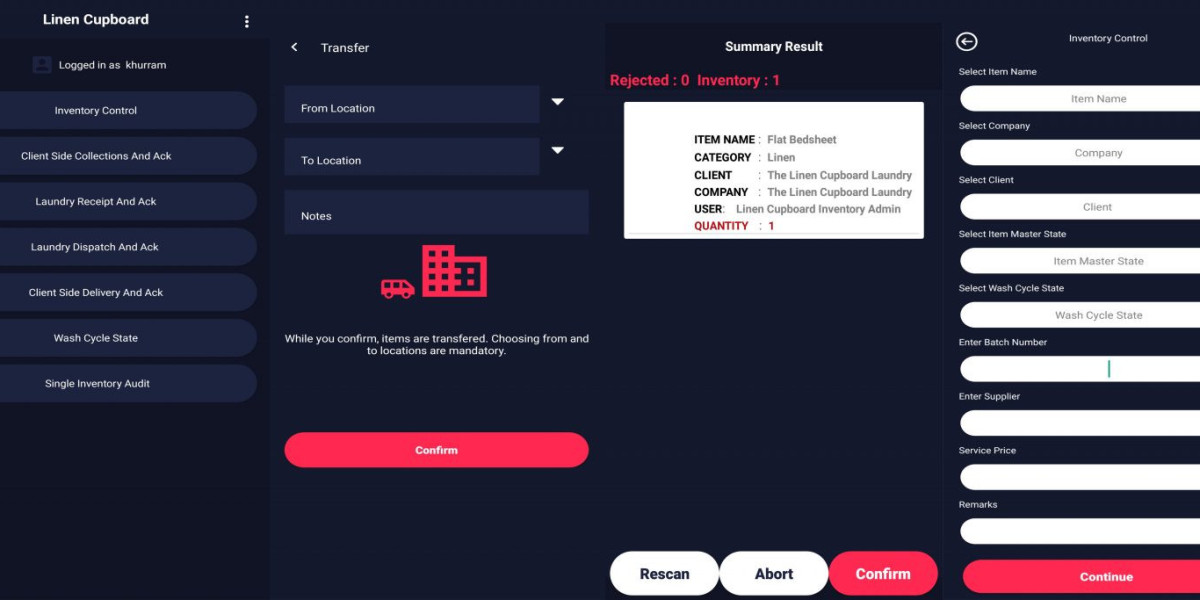Understanding the Importance of EDMS and DMS Software in Manufacturing
Before diving into the training strategies, it is crucial to understand why an EDMS and DMS software are essential for manufacturing companies. The manufacturing industry deals with a vast amount of documentation, from design specifications to compliance records. Managing these documents manually or through outdated systems can lead to inefficiencies, errors, and compliance risks. An EDMS and complementary DMS software centralize document management, making it easier to store, retrieve, and track documents throughout their lifecycle.
For companies in the automotive and aerospace sectors, where precision and compliance are paramount, an EDMS is not just a convenience but a necessity. DMS software for manufacturing must integrate seamlessly with other systems, ensuring that the change management process is efficient and compliant with industry standards.
Assessing Your Team's Readiness for EDMS and DMS Software Implementation
The first step in training your team for a smooth transition to an EDMS is to assess their readiness. This involves understanding their current level of comfort with technology, familiarity with document management processes, and their ability to adapt to new systems, including DMS software. Conducting surveys, interviews, or focus group discussions can provide valuable insights into areas where additional training may be needed.
Understanding the baseline of your team’s skills will help tailor the training program to address specific gaps. For instance, if your team is already using some form of DMS software for manufacturing, the focus may be on the nuances of the new EDMS. However, if the team is transitioning from manual processes, a more comprehensive training approach will be necessary.
Developing a Comprehensive Training Plan for EDMS and DMS Software
A well-structured training plan is vital for the successful implementation of an EDMS and DMS software. The plan should outline the training objectives, the methodologies to be used, and the timeline for completion. It is essential to ensure that the training is aligned with the specific needs of the manufacturing sector, where precision, compliance, and efficiency are critical.
The training plan should cover the following areas:
System Overview: Provide an in-depth understanding of what the EDMS and DMS software are, their key features, and how they integrate with existing systems, including document control software for manufacturing and the change management process.
Role-Specific Training: Different team members will interact with the EDMS and DMS software in various ways. Tailor the training to the specific roles within the organization, ensuring that each member understands how to use the system effectively in their daily tasks.
Hands-On Practice: Theoretical knowledge is essential, but hands-on practice is where real learning occurs. Incorporate practical sessions where the team can interact with the EDMS and DMS software in a controlled environment before going live.
Compliance and Best Practices: Given the regulatory requirements in manufacturing, it is crucial to train the team on compliance aspects of the EDMS and DMS software, including document version control, audit trails, and integration with the change management process.
Leveraging Internal Resources for Training on EDMS and DMS Software
Internal resources play a significant role in the successful adoption of EDMS and DMS software. Identifying team members who are proficient in document management and technology can be beneficial. These individuals can act as champions or super-users who can support their colleagues during and after the transition.
In addition, utilizing existing documentation and SOPs can help in creating training materials that are specific to your organization’s needs. Customizing the training content to reflect real-world scenarios that the team encounters in their daily work will make the training more relevant and impactful.
Monitoring and Evaluating the Training Program for EDMS and DMS Software
After the initial training is completed, it is essential to monitor its effectiveness and make adjustments as needed. This can be done through regular feedback sessions, performance assessments, and tracking the team’s usage of the EDMS and DMS software.
Monitoring the transition process helps identify any areas where additional training may be needed and ensures that the team is fully equipped to use the EDMS and DMS software effectively. In the manufacturing industry, where precision and compliance are critical, continuous evaluation of the training program is essential to maintain high standards.
Addressing Common Challenges in EDMS and DMS Software Adoption
Adopting a new EDMS and DMS software comes with its challenges, particularly in complex manufacturing environments. Resistance to change, technical issues, and the complexity of the new systems are common hurdles that organizations may face.
Addressing these challenges requires a proactive approach. Clear communication about the benefits of the EDMS and DMS software, offering ample support during the transition, and involving the team in the decision-making process can help mitigate resistance. Technical issues should be addressed promptly, with support from both internal IT teams and the software vendors.
Conclusion
In conclusion, a smooth transition to an EDMS and DMS software requires careful planning, effective training strategies, and the right resources. For manufacturing companies, where the stakes are high, adopting a robust EDMS like ComplianceQuest Management Software can significantly enhance document control, streamline the change management process, and ensure compliance with industry standards. As we move into 2024, the ability to manage documents efficiently and comply with ever-evolving regulations will be critical to staying competitive in the manufacturing sector. ComplianceQuest offers a comprehensive solution that is designed to meet the unique needs of the industry, making it an essential tool for businesses looking to thrive in the modern landscape.








